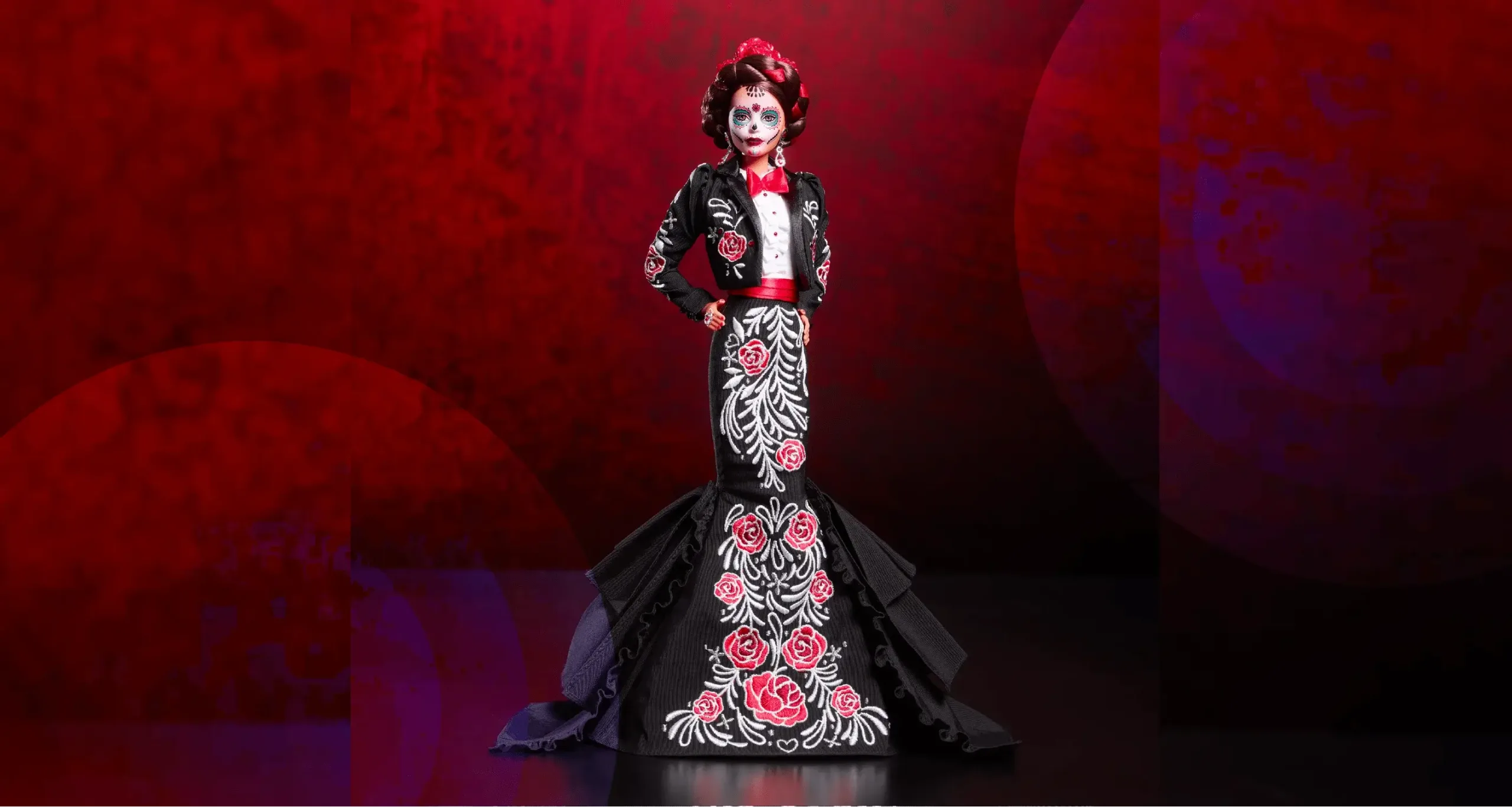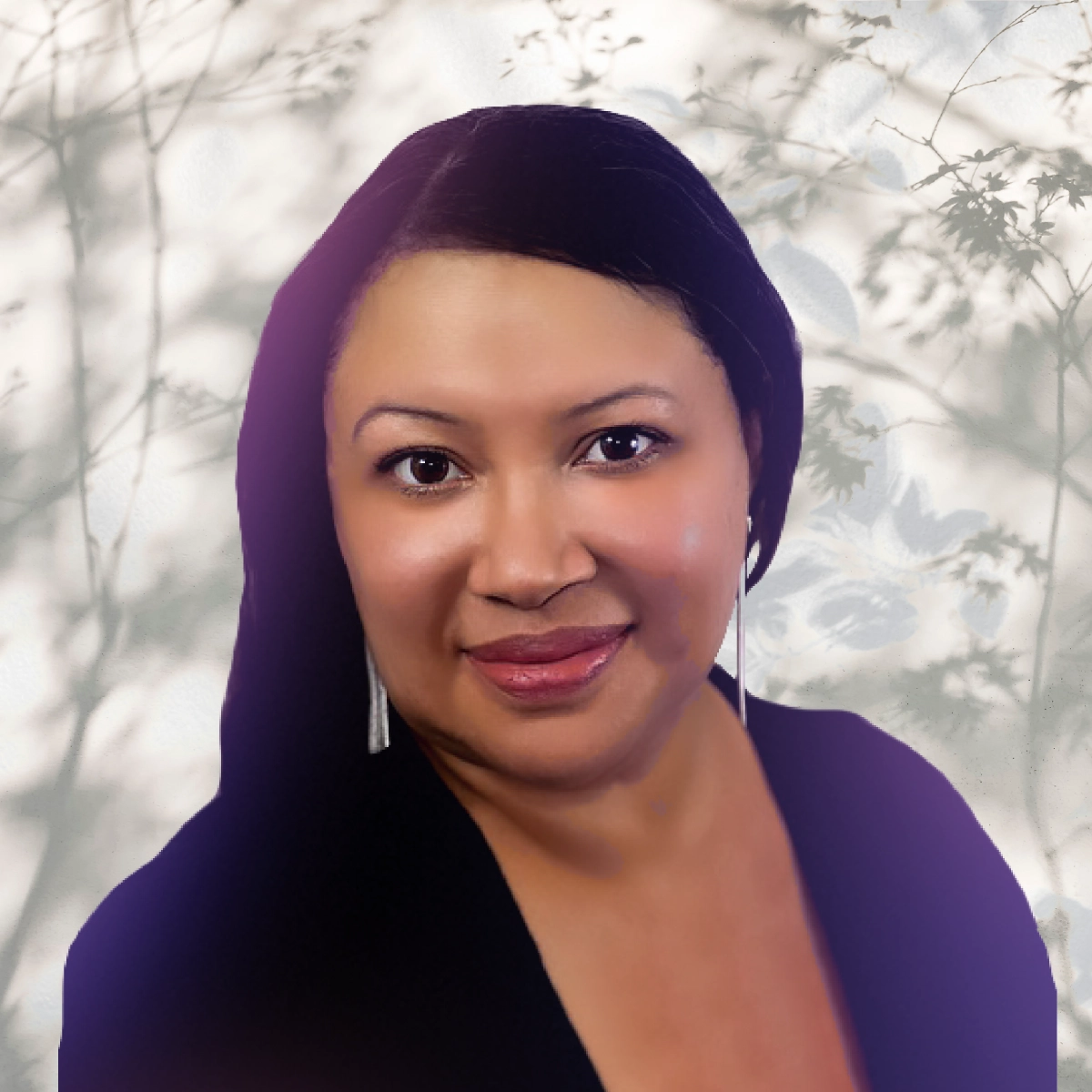Whether you are a Barbie collector or not, news of the limited edition Día De Los Muertos doll has stores selling out and knowledge of the historical and cultural holiday at its peak. The Mexican American fashion designer behind the doll, Benito Santos, can be one to thank for this uptick. As the demand for his “Calavera Drama” design, showcasing his homage to his ancestry, speaks volumes, the sensational profits of Santos’ “Calavera Drama” symbolize positive mobility towards inclusion.
Benito Santos has become a modern icon in Latinx American fashion and, in more recent times, toy design. Coming from the town of Jalisco, Mexico, a young Benito Santos would grow up to study fashion design at the Lanspiac Institute of Guadalajara. He began his professional career by designing couture nightgowns. Santos debuted his creations at a major fashion event in Mexico called Intermoda. A mere six years after launching his brand, Santos became known for his signature eccentric patterns and hand-embroidered stitching in his garments. He’s designed outfits for many influential figures, from Mexico’s First Lady Angélica Rivera to pop culture icons such as Miss Universe Ximena Navarrete and Victoria’s Secret model Candice Swanepoel. Benito Santos has presented over 30 collections worldwide, including Mexico Fashion Week and Helsinki Fashion Week. In 2014, he won the “Premio Nacional de la Moda” Award at the Dominican Republic Fashion Week. Santos’ most recent collection, “Mexico City Fall 2022,” featured over 100 looks modeled on the Vogue runway.

Santos has stated Mexican women as his muse, citing them as “a source of inexhaustible inspiration.” He began expressing an interest in fashion when he was very young. Santos wanted to illustrate women’s garments and accessories as a child, often sketching women’s shoes and dresses in his school books which evolved into fashion sketches. Heavily influenced by his grandmother, who created her own clothing, Santos would assist her with embroidering and soon developed a keenness for fashion.
Santos’ appreciation for his ancestry is personified in his designs through elements such as ruffles, bows, and vibrant colors. Honoring his Mexican heritage, Benito Santos designed the Día de Los Muertos doll with a traditional charro outfit in mind — characterized by embroidered roses, a mermaid silhouette, and a bolero jacket. Barbie designer Javier Meabe, also Mexican American, collaborated with Santos and described their visions for the toy. “It was a passion project from both Benito’s team and the Barbie team,” he said in a Scary Mommy article, “I’m thrilled to welcome Benito to the Barbie brand and share his vision of what it means to him to celebrate Día De Muertos with Barbie.” Dubbed “Calavera Drama,” the elaborate face paint on the limited edition Mattel doll emulates the holiday celebrated by Hispanic, Latinx, and their Indigenous heritage all over the world, Día de Los Muertos. Translated as “Day of the Dead,” the commemoration acknowledges the mutual relationship between life and death. On the first two days of November, spirits of the dead are believed to return to the living to spend time with their loved ones. Decorative skulls, also known as Calaveras, candles, and food, are prepared to honor the deceased. Often, ofrendas or altars are made by families to welcome their departed relatives. With the creation of the Día De Los Muertos Barbie, Hispanic and Latinx children can feel more apt to celebrate the sacred holiday and be more in touch with their culture.

Since the invention of action figures and dolls, toy creators have been known for being racially biased. American toy designers kept the white majority in mind to boost marketing and profits. Pamela B. Nelson of Ferris State University writes, “Since the toys reflect the attitudes of the dominant group, they have helped legitimate the ideas, values, and experiences of that group while discrediting the ideas, values, and experiences of others, helping the favored group define itself as superior and justify its dominance.” In the 1940s, psychologists Kenneth and Mamie Clark conducted tests to perceive the effects of segregation on Black children. Known as “The Doll Test, ” the Clarks tested the children’s racial perceptions by asking them which doll they preferred, given the choice of a Black doll and a Caucasian one. The study concluded that “all children, including Black children, showed signs of white bias, and the results have been mostly consistent through the years.” When a child grows up never seeing figurines in toy stores that resemble them, it can negatively affect their self-esteem into adulthood. The lack of diversity in toys affects not only minorities or people of color but the population at large. According to Maisonette, an online children’s boutique, “Toys that look like other people help to develop that empathy, and it helps give them a healthy idea of their place in the world. All kids should have the opportunity to see lots of diversity: ethnic, cultural, sexual orientation, body type, religious beliefs…” Figurine companies should reflect the world and its numerous cultural attributes rather than only representing European features like they’ve been doing for decades. Doing so will encourage children to feel proud of their heritage and develop their acceptance of others early on.
The success of Benito Santos’ fashion designs and contribution to pop culture has become a part of this historical journey to cultural awareness in a positive light. By designing the 2022 Día De Los Muertos Barbie Doll, a toy with a heavy history of only having blonde hair and blue eyes, Santos has given the younger generations of Latinx kids a profound sense of pride. While their Indigenous ancestors, older Mexicans, and Mexican-Americans faced a lack of diversity in toy stores, deprived of cultural representation in mainstream media, seeing their heritage honored in the present day gives them hope for future generations.





